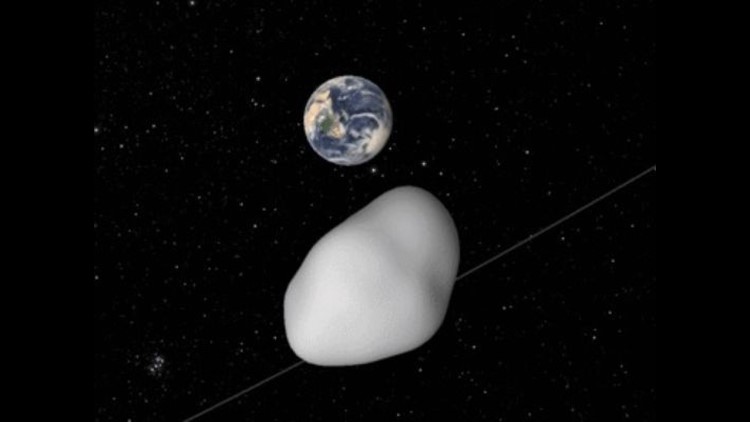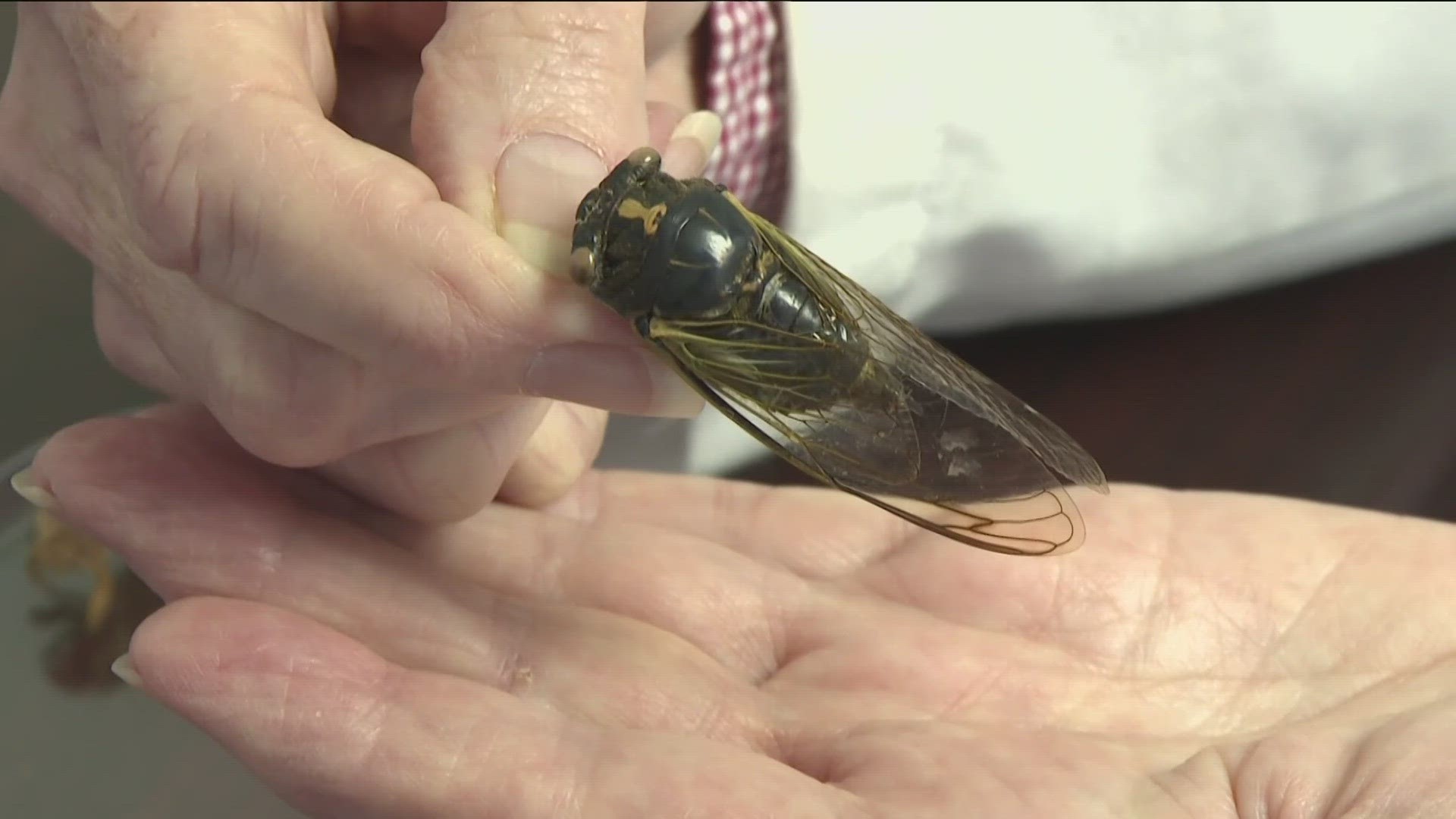Are we ready for an asteroid impact?
This October, NASA will conduct a drill to see how well its planetary defense system would work if an actual asteroid were heading straight for Earth. While these sort of drills have been done in the past with pretend asteroids, this one will feature a real asteroid, one that astronomers are confident will miss the Earth as it zooms by on Oct. 12.
"The question is: How prepared are we for the next cosmic threat?" said Vishnu Reddy of the University of Arizona and NASA consultant. "So we wanted to test how ready we are for a potential impact by a hazardous asteroid," he said.
"Scientists have always appreciated knowing when an asteroid will make a close approach to and safely pass the Earth because they can make preparations to collect data to characterize and learn as much as possible about it," said Michael Kelley, a NASA program scientist.
The asteroid has not been seen since its 2012 discovery, when it sped past Earth at about one-fourth the distance from Earth to the moon. It's been too distant and too faint to be detected over the last five years. As it starts to approach Earth this summer, large telescopes will be used to detect it and re-establish the asteroid's precise trajectory.
The asteroid, known as 2012 TC4, could come as close as 4,200 miles to Earth, NASA said. That's actually fairly close, when you consider that the moon is about 239,000 miles away.
The space rock measures somewhere between 30 and 100 feet long, roughly the same size as the asteroid that exploded over Chelyabinsk, Russia, on Feb. 15, 2013.
While NASA estimated that object was only about the size of a bus and weighed an estimated 7,000 tons, it exploded with the force of 20 atomic bombs.
NASA said that an impact of an object the size of the one that exploded over Chelyabinsk takes place once or twice a century.
NASA's Planetary Defense Coordination Office, which is leading the October drill, is the federal entity in charge of coordinating efforts to protect Earth from hazardous asteroids. It's responsible for finding, tracking and characterizing potentially hazardous objects coming near Earth and issuing warnings about possible impacts, should there be an actual threat.
To deflect an asteroid on a collision course with Earth would have to be done years in advance of the predicted impact. The two most promising techniques that NASA is investigating are the "kinetic impactor" (hitting an asteroid with an object to slightly slow it down) and the "gravity tractor" (gravitationally tugging on an asteroid by putting a large mass near it).
Fortunately, no known asteroid poses a significant risk of impact with Earth over the next 100 years, according to NASA.
A study earlier this year found that the deadliest effects of an asteroid impact would be ferocious winds of up to 1,000 mph and intense shock waves.



